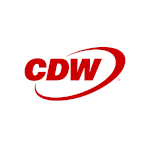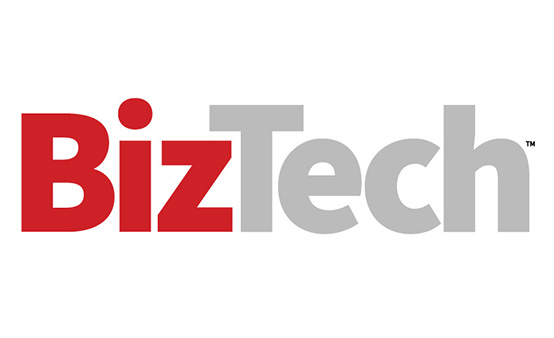Your Business Objectives Should Guide Your Tech Strategy
Being forced into a technology refresh due to undesirable circumstances is an unpleasant experience. Taking a strategic approach and planning for when and how you will handle a refresh gives you the upper hand. However, it’s not just about replacing old equipment with new; it’s also about aligning your tech needs with your business goals. This involves assessing how your current technology environment measures up and identifying areas for improvement.
EXPLORE: The technology lifecycle services that can support your team.
Here are five questions to help guide your next technology refresh and deployment:
- What’s the current state of your tech stack? Conduct a thorough audit of all hardware and software assets in use within your organization. Identify outdated or underperforming systems and determine which ones are due for an upgrade, and search for any gaps or inefficiencies that hinder your operations.
- How much will a refresh cost? Assessing the costs of a technology refresh helps with resource allocation, prevents overspending and maximizes ROI. Be sure to look for hidden costs, such as additional training, maintenance and potential downtime, which can significantly impact the overall budget.
- What are your business objectives? By carefully evaluating how new technology can enhance your business operations, improve customer experiences and streamline processes, you can achieve better outcomes. This also helps you prevent unnecessary spending on solutions that do not add measurable value to your business.
- Do you have a project roadmap? Clearly defining roles, responsibilities and milestones is critical to your rollout and enhances communication and collaboration across teams. A well-structured project roadmap helps coordinate equipment deliveries and various tasks, resources and timelines, enabling a more organized and predictable rollout.
- How will you dispose of old technology? IT asset disposition, including proper data destruction, is a critical and often overlooked step in the refresh process. Sensitive information must be securely erased from retired equipment or destroyed to prevent potential data breaches. Effective IT asset disposition also takes corporate responsibility into consideration, integrating sustainable practices to help you reduce your carbon footprint and comply with environmental regulations.
RELATED: Three ways device configuration can benefit businesses.
4 Keys to a Successful Technology Refresh
For a seamless technology refresh experience from beginning to end, make sure you work with a partner that offers at least these four capabilities, with resources dedicated to each:
- Good logistics are paramount to a successful technology refresh. CDW offers staging services for your equipment prior to and during technology deployment, reducing logistical headaches.
- Integration and configuration services.Reconfiguring technology for ease of installation so it is ready for use when it reaches your enterprise, no matter the location, ensures IT employees aren’t needed onsite to help. That helps reduce installation costs and allows your technical team to focus on higher-level projects.
- Deployment services.Dedicated project management services ensure that the right resources are onsite in accordance with predefined rollout schedules established with your team. We aim to keep your IT staff focused on their day-to-day operations. The right partner should be able to provide technical services that are priced right for the installation depending on your requirements.
- IT asset disposition.These services ensure secure, compliant and sustainable disposal, recycling or repurposing of retired technology.
A technology refresh can feel anything but refreshing if you don’t have the right partner and strategy. By following these tips and partnering with experts, you can ensure a successful rollout with minimal disruption.












